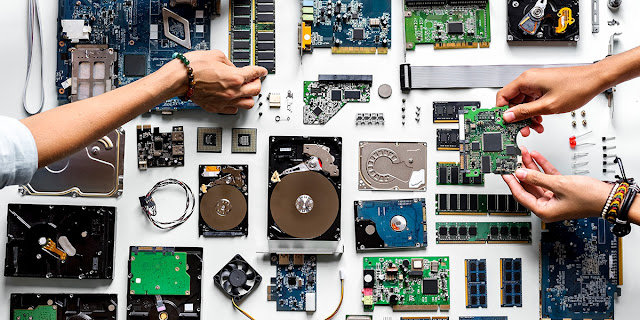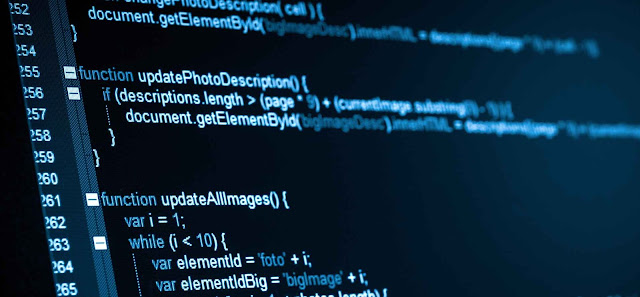Learning Computer Programming Terminology: Computer programmers use a variety of terminologies that only make sense to them and their colleagues. For other people who are not very good with computers and programming, those words mean something else or nothing at all. The following is an overview of the ten most commonly used and confusing computer programming terminology that everyone must know, explained in layman's terms:
 |
| Learning Computer Programming Terminology |
1. 1GL
1GL means the First Generation Programming Language. This is actually a machine level programming language written in one and zero. This is a program that can be understood directly by the central computer processing unit. No need to run it into compilers or other programming software. There are also second, third and fourth generation computer programming languages.
2. Leave the item
Ignore ware is software that is no longer used, supported, or sold by their respective publishers. This type of software cannot be resold or redistributed to end users unless stated otherwise as freeware.
3. ActiveX
ActiveX is a program that uses the Visual Basic programming language. This is basically made for active content software that is usually used by other applications that have been installed or are on a computer. Sometimes, it even shares those used by the operating system itself. ActiveX is responsible for interactive features of web-based programs.
4. Beta version
When any software, website or application is marked as a beta release or beta, it means that the version is the first launch. This is a program that combines the very basic features and requirements of software. At that time, the software had not been tested for bugs. The beta version of this software is usually a trial.
5. DirectX
DirectX is a program provided by Microsoft. This is a collection of multimedia applications and different programming interfaces. It was built into the Windows operating system. DirectX is widely used in game applications.
6. Emulation
Emulation is a term given to the capacity of a particular program to imitate another device or program. There are various levels of competition. Emulators are usually made for arcade game devices so they can be played on desktop computers.
7. Firmware
Firmware refers to software that is embedded in a device or hardware. Firmware usually contains a set of protocols that must be run by hardware so that it will function properly with other devices attached.
8. HTML
HTML is the language of hypertext markers. This is the language used by web pages. This is a programming language that has ways to describe various parts of the text that are made. It can show text used as paragraphs, text, titles, and lists.
9. Java
Java is an object oriented programming language. Sun Microsystems develops software and can be said to resemble a C ++ program. However, it was arranged to avoid the last weakness. This is widely used in the web world too.
10. Linux
Linux is an example of software that operates on Windows and Mac Os. But unlike both, Linux is a free open source program. Anyone can use software for redistribution and modification.
These are just a few computer programming terminologies that you should know so that when you meet them, you will not be able to guess what they mean. Programming can be a complicated task but if you learn basic things like terminology, you will surely find interesting subjects.















